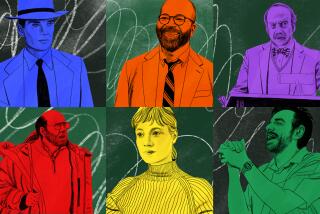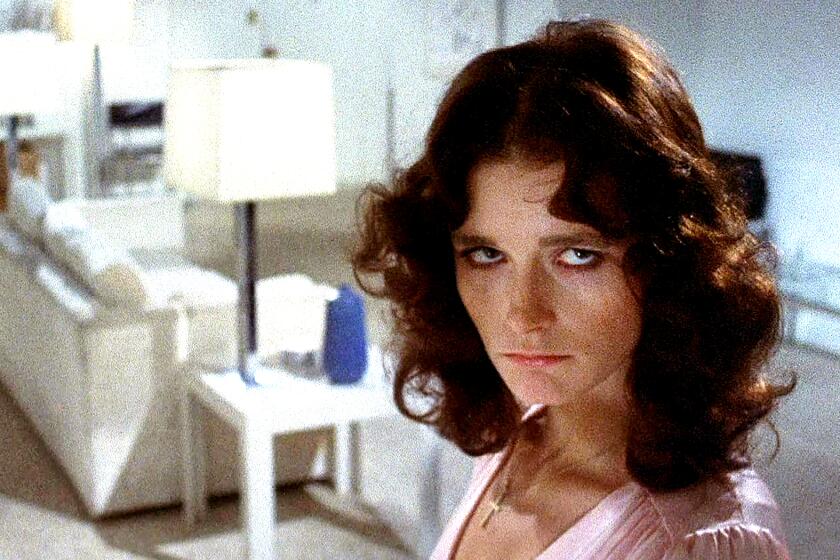OBJECT LESSONS <i> by Anna Quindlen</i> Random House $19, 263 pages : A Back-Yard Story Mired in the Morass
In the suburban town of Kenwood, just on the northern border of the Bronx, Maggie Scanlon grows up as a de facto half-caste. Her mother, Constance, is a gorgeous Italian Catholic. Maggie’s maternal grandfather still survives as a gardener-caretaker in a lush Italian-Catholic cemetery. But Connie has married “up” into the huge Irish-Catholic Scanlon family. That grandfather, driven by greed and acquisitiveness, has made a very sizable fortune selling everything from cement to sacred vestments for Mass--vestments churned out in total squalor, over in the Philippine Islands, by overworked young girls in dreadful sweatshops.
It is Grandfather Scanlon’s good pleasure to keep his extended family jumping through hoops--making them do every exact thing on earth he can think of for them to do. One of his daughters, Margaret, has escaped his grasp by becoming a nun. The rest of his children, all sons, sullenly do what their father tells them to do, except for Tommy, who, in a moment of love and rebellion, married the beautiful Connie.
These are Catholics, so by the time young Maggie hits her 13th summer, her father, Tommy, is only 33. Her mother has already had two miscarriages, four children, and is pregnant with a fifth. Connie is still simmering with fury that when she “had” to get married to her husband, her family showed up, but his family stayed away. Now, her husband’s family wants to co-opt her and make her into a good Scanlon daughter-in-law. Connie sneers at all this, resists the stiff overtures of her mother-in-law and sisters-in-law, and when Grandfather Scanlon buys the young family a huge house, she stubbornly refuses to move in.
This is basically a back-yard story. Maggie moves, through one muggy summer, from her back yard over to the back yard of her best friend, Debbie Malone, and then comes home. The girls hang out, sprawl on each other’s beds, and begin to investigate a new development of split-level houses that an old Italian high school buddy of Connie’s is helping to build. As the new houses take shape, other neighborhood kids begin to cluster there after dark. Some of them start fires. . . .
In Maggie’s circumscribed world, she sees two older girls as icons, role models, perhaps. Both are very beautiful, but they possess radically different dispositions. Her own cousin Monica is mean as a snake, one of those natural bullying monsters who crop up in any family. Debbie Malone’s older sister Helen is equally beautiful and extremely kind. But Debbie hates her sister, is furiously jealous of her, and begins to dislike Maggie herself because she likes Helen and because she thinks she’s smart. (In fact, Maggie is smart.)
The novel is contrived in many ways. Parallels and “choices” crop up every time you turn a page. Connie and her daughter “grow up” in the same summer. One of the two older teen-age girls moves out of the safety of Kenwood and becomes an actress. The other one “has” to get married and begin the whole dreary round of reproduction over again. Those are the choices for girls. This novel is mostly news from the morass. Plenty goes on in those back yards, those kitchens: Illicit sex. Arson. Romance. Yearning. Cruelty. When Grandfather Scanlon gets sick, all the power shifts dramatically; new alliances are formed, new enemies made, new sins committed.
Anna Quindlen is most notable here in her willingness to create absolutely horrible female characters--women and girls driven by all of the seven deadly sins: pride, covetousness, lust, anger, gluttony, envy and sloth. The two biggies here are covetousness and envy. An army of females remain at large, Quindlen suggests, ready to trip up any of its sisters who presume to excel at anything, from accomplishment to simple happiness. The determined ones--it goes without saying--do find their fair share of attention, happiness, accomplishment, love.
Next: Constance Casey reviews “The Day Gone By” by Richard Adams (Alfred A. Knopf).
More to Read
Sign up for our Book Club newsletter
Get the latest news, events and more from the Los Angeles Times Book Club, and help us get L.A. reading and talking.
You may occasionally receive promotional content from the Los Angeles Times.






